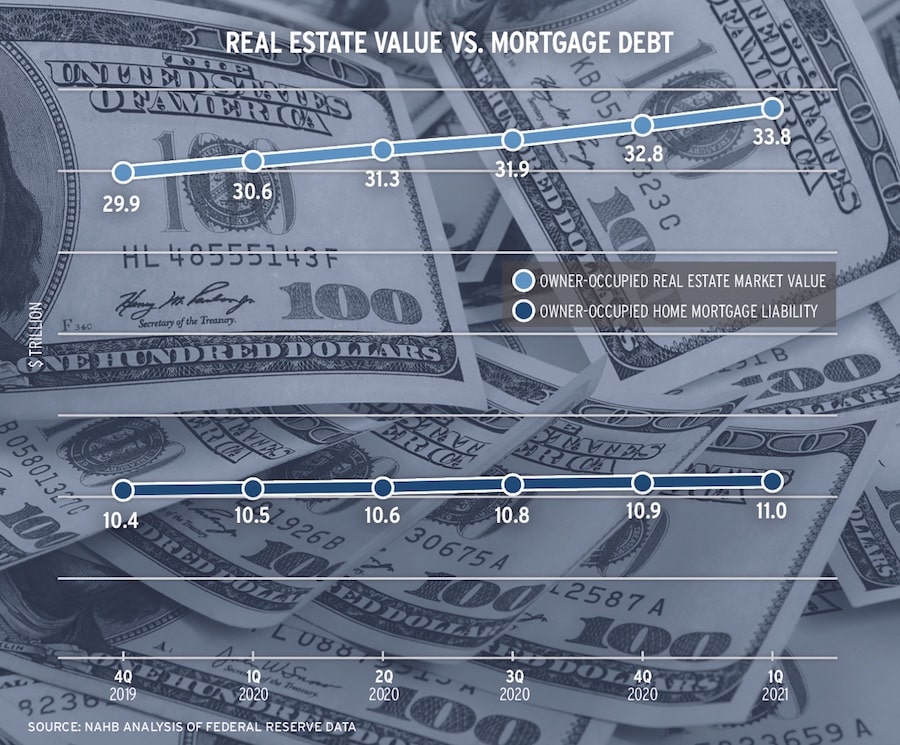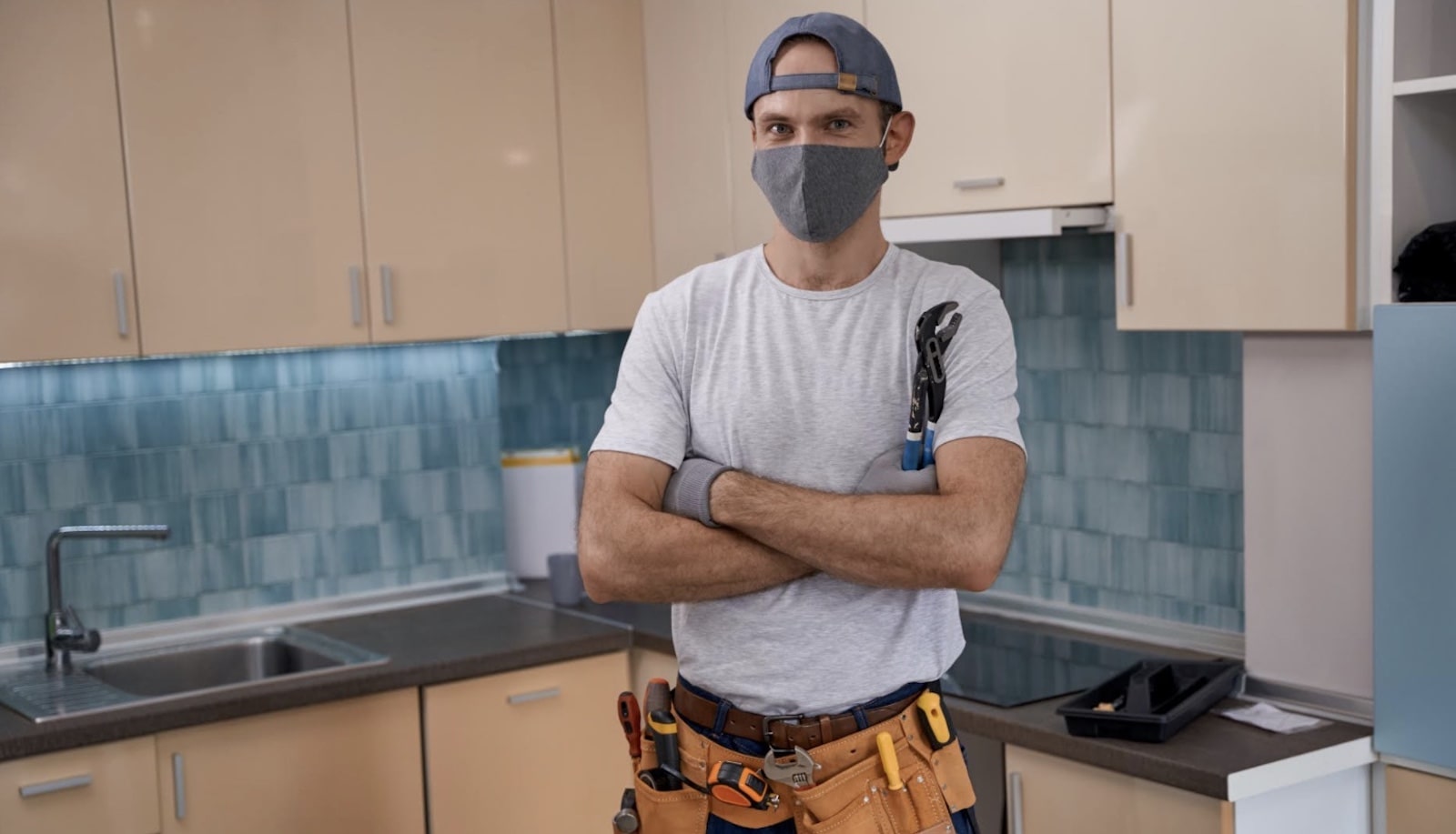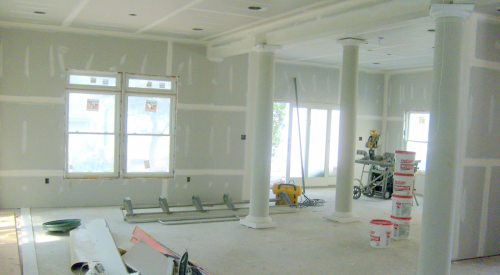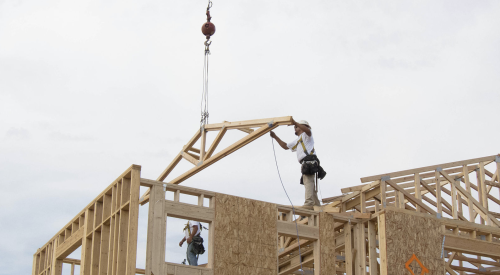During the height of the COVID-19 pandemic, the U.S. Occupational Safety and Health Administration (OSHA) began work on an emergency temporary standard (ETS) with new enforceable requirements for employers to protect workers.
NAHB argued that residential construction should not be included under the standard because the nature of new-home building and remodeling makes them a much lower risk for virus transmission.
OSHA issued the ETS in June 2021 and announced that the new standard applies only to workers in health care settings. That standard went into effect immediately.
NAHB, through its partnership with the Construction Industry Safety Coalition (CISC), spent months educating OSHA officials about the nature of residential construction work in the context of potential disease transmission. Ultimately, those efforts were successful, as OSHA recognized that home building activities do not need to be included in the new standard.
RELATED
- NAHB’s Response to COVID-19, Supporting Builders
- Reasons for Economic Recovery, and How Builders Can Plan for It
Top Priority: Keeping Workers Safe
However, construction firms should maintain awareness of any state or local COVID-19 requirements and implement the appropriate safety measures. OSHA also released new guidance for all industries to help keep workers safe from the coronavirus. Those recommendations largely follow current best practice advice from the Centers for Disease Control and focus only on protecting unvaccinated or otherwise at-risk workers on the job.
In April, NAHB and CISC organized a COVID-19 Vaccine Awareness Week in Construction to encourage construction professionals to do their part, help the country end the pandemic, and return to normal.
Real Estate Values Surge
During the first quarter of 2021, the value of real estate assets increased faster than real estate liabilities.
Specifically, the aggregate market value of all owner-occupied real estate in the U.S.— bolstered by nationwide home price appreciation—rose to $33.78 trillion, a $940 billion gain, by the end of March 2021. It was the largest numerical quarterly increase in 20 years of collecting such data.
On the liabilities side of the real estate balance sheet, home mortgages rose by $120 billion during the first three months of 2021 to $11.04 trillion.
Aggregate owners’ equity—the difference between the market value of all owner-occupied real estate and the aggregate value of home mortgages—increased in Q1 2021 to $22.7 trillion, or 67% of all household real estate, the highest share since 1989.

ABOUT NAHB: The National Association of Home Builders is a Washington, D.C.-based trade association representing more than 140,000 members involved in home building, remodeling, multifamily construction, property management, subcontracting, design, housing finance, building product manufacturing, and other aspects of residential and light commercial construction. For more, visit nahb.org.













